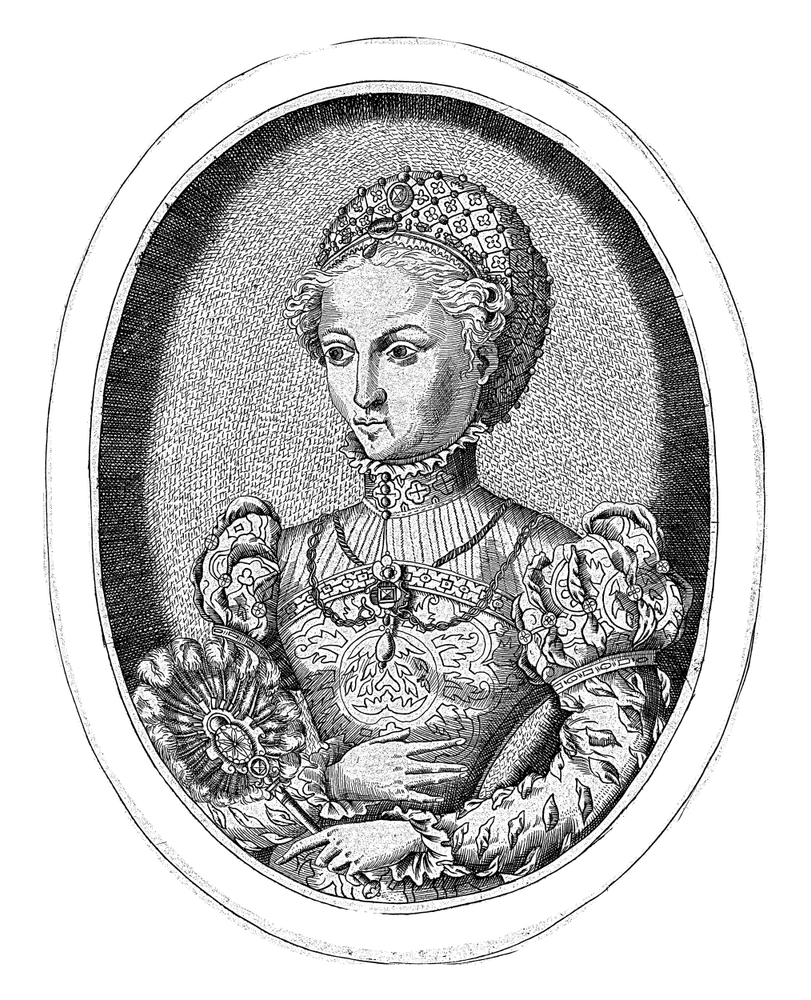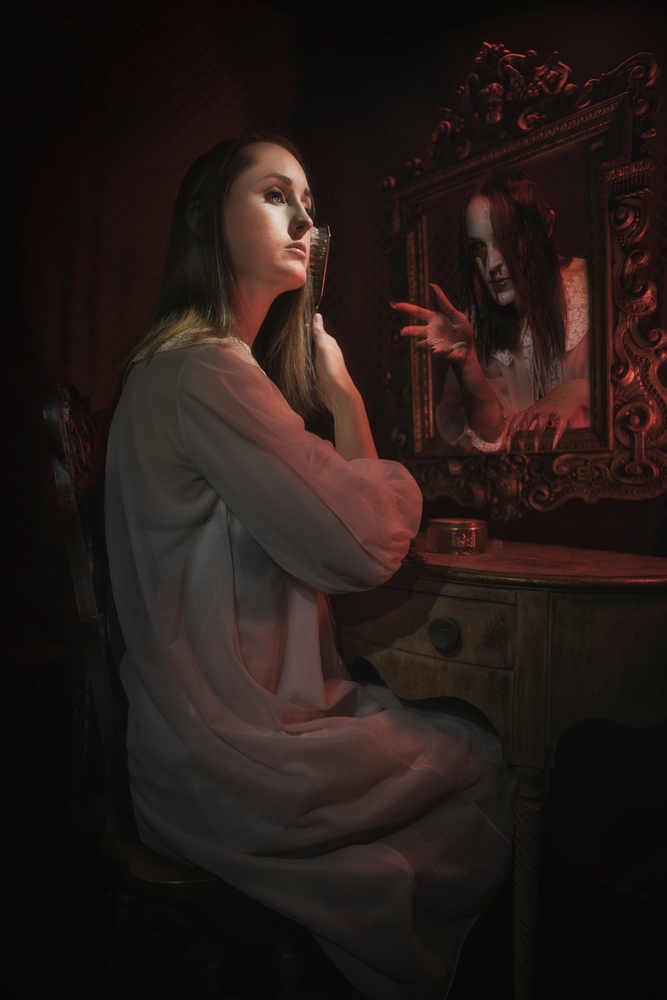Mary Queen of Scots is one of the most famous royals in Scottish history. This 16th century queen ruled Scotland through a time of tremendous religious unrest, and her time on the throne was filled with scandals, betrayals, marriages, and perilous political games that eventually cost Mary her power and freedom.
Jump to:

Who was Mary, Queen of Scots?
Mary Stuart was born on December 8, 1542, to King James V of Scotland and his French Catholic wife, Mary of Guise. Her father died just six days after her birth, leaving the six-day old to inherit the throne as Mary, Queen of Scots.
With King Henry VIII's children, Edward and Mary, occupying the English throne, the Catholic Mary Stuart had one legitimate claim to the English crown, as well as a secondary one through her paternal grandmother, Margaret Tudor. This made her a substantial threat to the Protestant Elizabeth I’s power.
Her Controversial Reign
Mary faced immense challenges ruling Scotland. One of the defining features of her reign was the religious tension between Catholics and Protestants. Scotland was undergoing a transformation where Protestantism was gaining ground, while Mary remained a devout Catholic. The struggle for religious dominance complicated her efforts to unify her kingdom and added to the instability of her rule.
Her marriages also often stoked up political unrest. Her union to Francis II of France, arranged when she was just a child, solidified the bond between Scotland and France. However, Francis's early death left her a widow and compelled her to return to Scotland. After returning to Scotland, she remarried her English cousin Lord Darnley in 1565, with the aim of strengthening her claim to the English throne via their shared Tudor lineage. However, their marriage was tumultuous and Darnley’s subsequent murder and Mary’s hasty marriage to the suspected killer, James Hepburn, Earl of Bothwell, outraged Scottish nobles and fueled controversy. This eventually led to Mary’s forced abdication in 1567 in favour of her infant son, James VI.
Mary's marital alliances also had significant diplomatic implications. Her status as a descendant of the Tudor line made her a potential claimant to the English throne, making her a target for both support and suspicion from European powers. As a Catholic queen in a predominantly Protestant realm, her rule garnered the attention of several Catholic European countries who saw her as a rallying point for their cause.
Recommended for you!
Best SellersDownfall and Imprisonment
Mary’s reign unravelled after the murder of her second husband, Lord Darnley, in early 1567, the circumstances of which still remain a mystery. Suspicion fell on her third husband, the Earl of Bothwell, and herself, which fuelled further Protestant outrage.
Following her forced abdication in 1567, Mary sought refuge in England hoping that her cousin, Queen Elizabeth I, would provide her with protection and assistance. Unfortunately, Elizabeth was hesitant to back a rival queen with a claim to her own throne, so instead she imprisoned Mary for 19 years (initially under house arrest). During these years she was moved to various locations across England. Despite her circumstances, Mary's spirit remained unbroken, and she continued to seek ways to regain her freedom and assert her rights.
Mary made numerous attempts to regain power by seeking foreign assistance. She also participated in several conspiratorial plots to assassinate or overthrow Elizabeth. The most notorious of these plots was the Babington Plot of 1586, which sought to assassinate Elizabeth and place Mary on the English throne. This scheme was uncovered, and its discovery led to Mary's implication in the plot.
Tragic End and Legacy
Mary's involvement in various plots against Elizabeth I's throne led to her trial for treason. The evidence presented against her, including correspondence with conspirators, left her with little defence. Despite pleading innocent, Mary was found guilty and sentenced to death.
On February 8, 1587, Mary Queen of Scots was executed at Fotheringhay Castle. She maintained her composure, and her final moments were marked by grace and dignity.
In Scottish history, Mary's reign remains a symbol of both triumph and tragedy. She is remembered as a queen who navigated the challenges of ruling in a tumultuous period, attempting to balance the competing demands of her country, her faith, and her alliances.

Bloody Mary
Many mistakenly believe Mary, Queen of Scots was known as “Bloody Mary”. In truth, this notorious nickname refers to a different Mary – Mary I of England (Elizabeth I’s half sister) and the daughter of King Henry VIII and his first wife, Catherine of Aragon. Mary I ruled England from 1553 to 1558 and is known for her attempts to restore Catholicism in a nation that had embraced Protestantism under her father's reign. She earned the epithet “Bloody Mary” for her persecution of Protestant reformers during her brief reign. Over 280 dissenters were burned at the stake, leaving a lasting stain on her legacy.
The confusion between Mary Queen of Scots and Mary I of England likely arises from a combination of factors. Both Marys were significant figures in the same general time period, and they share the same first name and royal title. Additionally, their familial connections are intertwined through the Tudor lineage: Mary Queen of Scots' grandmother, Margaret Tudor, was the sister of King Henry VIII, making Mary Queen of Scots a distant cousin of Mary I of England.
For a more comprehensive understanding of Scottish history and the fascinating era that Mary Queen of Scots inhabited, consider enrolling in our accredited Scottish History Diploma Course for just £29 (save £98!), where you can study more about the House of Stuart and events that followed the Roman invasion of Scotland.













